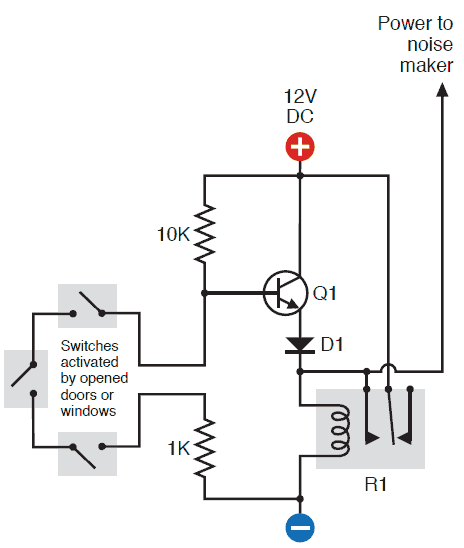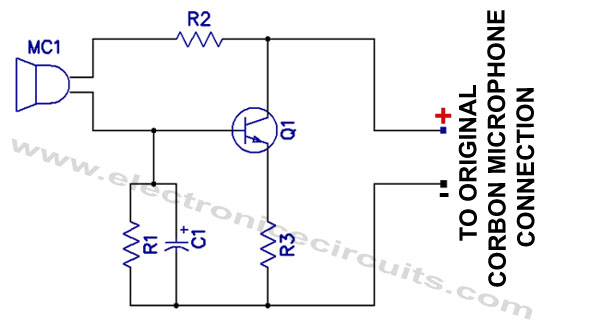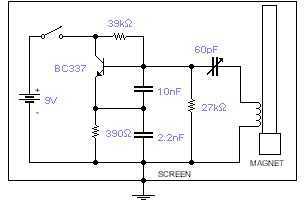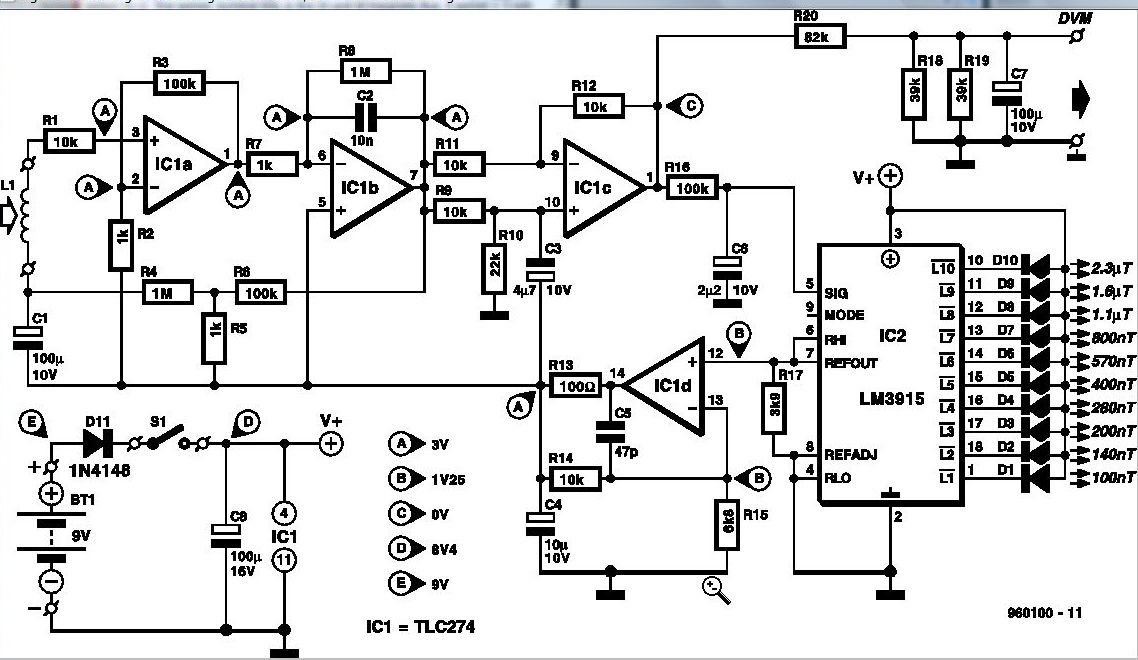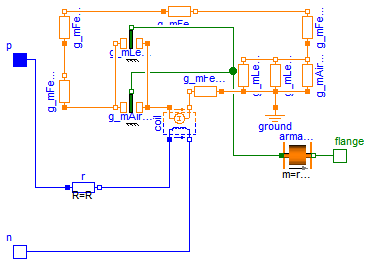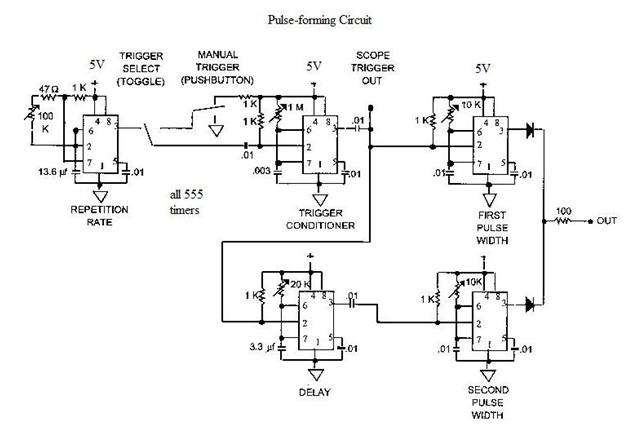
Spoofing magnetic swipe cards

Approximately one year ago, a magnetic swipe card reader was included in a larger order from Digikey. At the time, there were no specific plans for its use; the primary motivation was curiosity about swipe cards and the types of concealed information stored within personal wallets.
The magnetic swipe card reader operates by utilizing magnetic stripes embedded in the cards, which store data in a format that can be read by the device. The reader typically consists of a magnetic head, which captures the magnetic field changes as the card is swiped through it. This data is then processed by an integrated circuit that decodes the information, which can include account numbers, expiration dates, and other relevant data.
The circuit design of a magnetic swipe card reader generally includes several key components: a power supply, a magnetic read head, a microcontroller or processor for data decoding, and an output interface for transmitting the decoded information to a host device, such as a computer or point-of-sale terminal. The power supply can be sourced from battery or mains power, depending on the application requirements.
The magnetic read head is responsible for sensing the magnetic fields on the card's stripe as it passes through. This component typically requires careful alignment and calibration to ensure accurate data capture. The microcontroller processes the signals from the read head, converting them into a digital format that can be interpreted. This often involves filtering the signals to eliminate noise and extracting the relevant bits of information.
The output interface may include both serial and parallel communication options, allowing the reader to connect to various systems. Common protocols for data transmission include USB, RS-232, and I2C, depending on the design specifications and intended use case.
Overall, the magnetic swipe card reader serves as a practical tool for understanding the technology behind magnetic stripe cards and offers insights into the data management systems that utilize such devices.About a year ago I threw a magnetic swipe card reader into a larger Digikey order. I didn`t have any specific plans for it at the time; mostly I was just curious to learn about swipe cards and what kind of hidden information I was carrying around in my wallet.. 🔗 External reference
The magnetic swipe card reader operates by utilizing magnetic stripes embedded in the cards, which store data in a format that can be read by the device. The reader typically consists of a magnetic head, which captures the magnetic field changes as the card is swiped through it. This data is then processed by an integrated circuit that decodes the information, which can include account numbers, expiration dates, and other relevant data.
The circuit design of a magnetic swipe card reader generally includes several key components: a power supply, a magnetic read head, a microcontroller or processor for data decoding, and an output interface for transmitting the decoded information to a host device, such as a computer or point-of-sale terminal. The power supply can be sourced from battery or mains power, depending on the application requirements.
The magnetic read head is responsible for sensing the magnetic fields on the card's stripe as it passes through. This component typically requires careful alignment and calibration to ensure accurate data capture. The microcontroller processes the signals from the read head, converting them into a digital format that can be interpreted. This often involves filtering the signals to eliminate noise and extracting the relevant bits of information.
The output interface may include both serial and parallel communication options, allowing the reader to connect to various systems. Common protocols for data transmission include USB, RS-232, and I2C, depending on the design specifications and intended use case.
Overall, the magnetic swipe card reader serves as a practical tool for understanding the technology behind magnetic stripe cards and offers insights into the data management systems that utilize such devices.About a year ago I threw a magnetic swipe card reader into a larger Digikey order. I didn`t have any specific plans for it at the time; mostly I was just curious to learn about swipe cards and what kind of hidden information I was carrying around in my wallet.. 🔗 External reference
